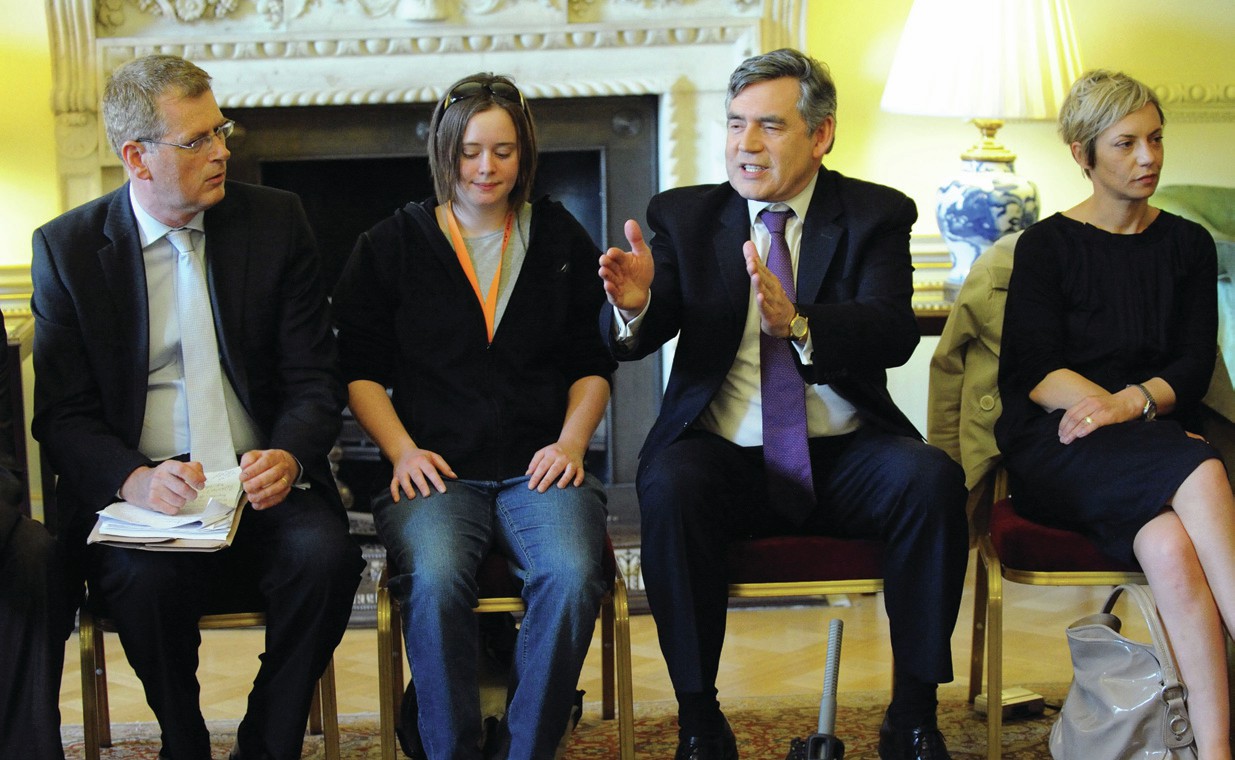
The accession of Gordon Brown to the premiership in 2007 heralded a new approach to constitutional change. Brown’s predecessor, Tony Blair, had presided over a series of major reforms, including devolution and the passage of the Human Rights Act. Under Gordon Brown, there was a marked change of direction (Norton 2008). Parliament was to be the focus of constitutional change: the institution was to be strengthened in calling government to account, the powers of the executive were to be limited, and measures were to be taken to reinvigorate democracy.
Within a month of taking office, Brown published a Green Paper, The Governance of Britain, detailing this approach and identifying the measures that the government intended to pursue. These included transferring to Parliament many prerogative powers, exercised in the name of the Crown by minister. Foremost among these was the power to decide to deploy troops abroad (the war-making power) and to ratify treaties. Other changes included a consultative process on proposed legislation in advance of the Queen’s Speech, publication of a national security strategy, and a review of voting systems.
Your organisation does not have access to this article.
Sign up today to give your students the edge they need to achieve their best grades with subject expertise
Subscribe




